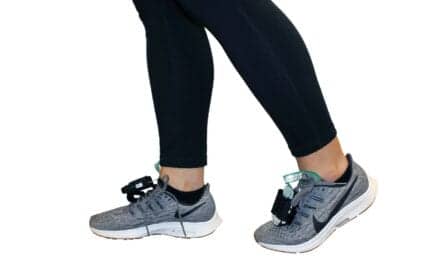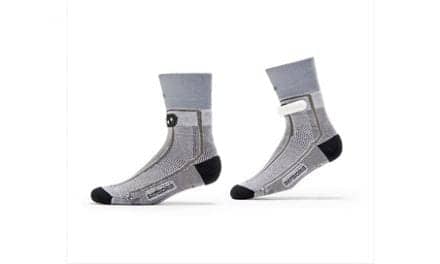Researchers suggest that wearable sensors may be overestimating the number of head impacts athletes are experiencing during play. The study was published recently in the American Journal of Sports Medicine.
Head impact counts were measured in 30 male and 35 female high school lacrosse players using GForceTracker sensors and X-Patch sensors, respectively. Accelerometer data were time synchronized with simultaneous game video, and researchers compared head impact counts with video recordings, per a media release from Healio.
Researchers considered a head impact event as verified if the linear acceleration was 20 g or greater, the player was identified on the field, the player was in camera view, and the head impact mechanism could be clearly identified.
In boys’ lacrosse, results showed that the GForceTracker devices recorded a total of 3,235 game-day head impacts of 20 g or greater. Of these impacts, 1,063 were logged between game start and end times during 368 player games. Researchers verified 690 game head impact events via video analysis.
According to results, 4,222 game-day head impacts of 20 g or greater were recorded by X-Patch sensors in girls’ lacrosse. Overall, researchers logged 180 impacts between game start and end times during 469 player-games. Of these, 58 game-time head impacts were verified via video analysis. Results showed 48% of the video-verified game head impact events were a result of direct contact to the head, the release continues.
[Source: Healio]





